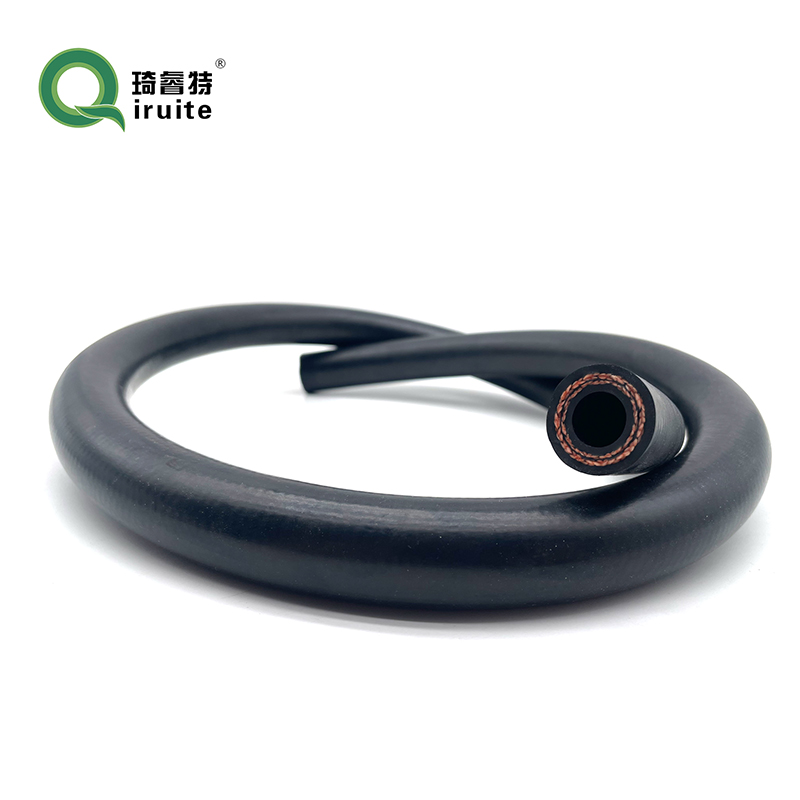what causes power steering hose to burst
What Causes Power Steering Hose to Burst?
Power steering systems are vital for vehicle maneuverability, providing the necessary assistance to drivers to make steering easier and more responsive. One critical component of this system is the power steering hose, which carries hydraulic fluid from the pump to the steering gear. However, these hoses can sometimes burst, leading to potential safety hazards and expensive repairs. Understanding the causes of a burst power steering hose can help drivers mitigate risks and maintain their vehicles effectively.
Age and Wear
One of the primary reasons power steering hoses burst is age. Over time, the materials used in the hose can deteriorate due to exposure to heat and pressure. Rubber hoses, which are commonly used in power steering systems, can become brittle and lose flexibility. These changes make them more susceptible to cracking or bursting under pressure. Regular inspections can help identify signs of wear, such as cracking or discoloration, and allow for timely replacements.
Heat Damage
Heat can be detrimental to the power steering hose. The hose is often located near the engine, where temperatures can soar. When the hose gets too hot, the rubber can break down more quickly, leading to leaks or bursts. Additionally, if the power steering fluid overheats, it can cause increased pressure within the system, further straining the hose. Ensuring that the engine and the cooling system are functioning correctly can help mitigate these heat-related issues.
what causes power steering hose to burst

Fluid Quality
The type and quality of the hydraulic fluid used in the power steering system also play a crucial role in the condition of the hoses. Contaminated or incorrect fluid can lead to degradation of the hose material. For instance, using fluid that is not designed for power steering systems can result in swelling or softening of the hose, making it prone to failure. Regularly checking and changing the power steering fluid as per the manufacturer’s recommendations is essential for preventing hose issues.
Mechanical Stress
Mechanical stress is another factor that can lead to hose failure. If the hose is improperly installed, misaligned, or subjected to excessive bending, it can weaken and ultimately burst. Drivers should ensure that any modifications or repairs to the power steering system are carried out by qualified professionals to reduce the risk of mechanical stress causing hose damage.
Conclusion
A burst power steering hose can lead to significant steering issues and should not be taken lightly. By being aware of the factors that can contribute to hose failure—including age, heat damage, fluid quality, and mechanical stress—drivers can take proactive steps to maintain their vehicles. Regular inspections and timely maintenance play a crucial role in ensuring the longevity and reliability of power steering systems.
-
Ultimate Spiral Protection for Hoses & CablesNewsJun.26,2025
-
The Ultimate Quick-Connect Solutions for Every NeedNewsJun.26,2025
-
SAE J1401 Brake Hose: Reliable Choice for Safe BrakingNewsJun.26,2025
-
Reliable J2064 A/C Hoses for Real-World Cooling NeedsNewsJun.26,2025
-
Heavy-Duty Sewer Jetting Hoses Built to LastNewsJun.26,2025
-
Fix Power Steering Tube Leaks Fast – Durable & Affordable SolutionNewsJun.26,2025

